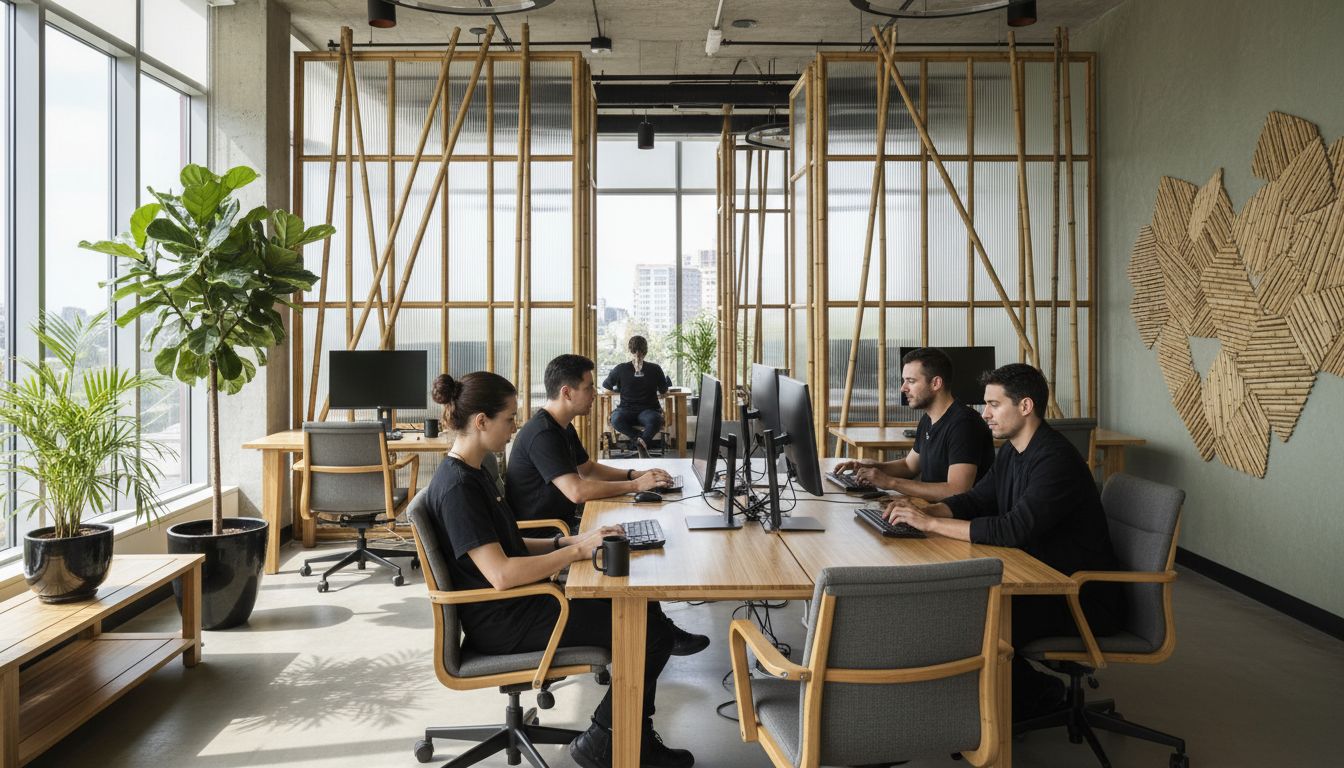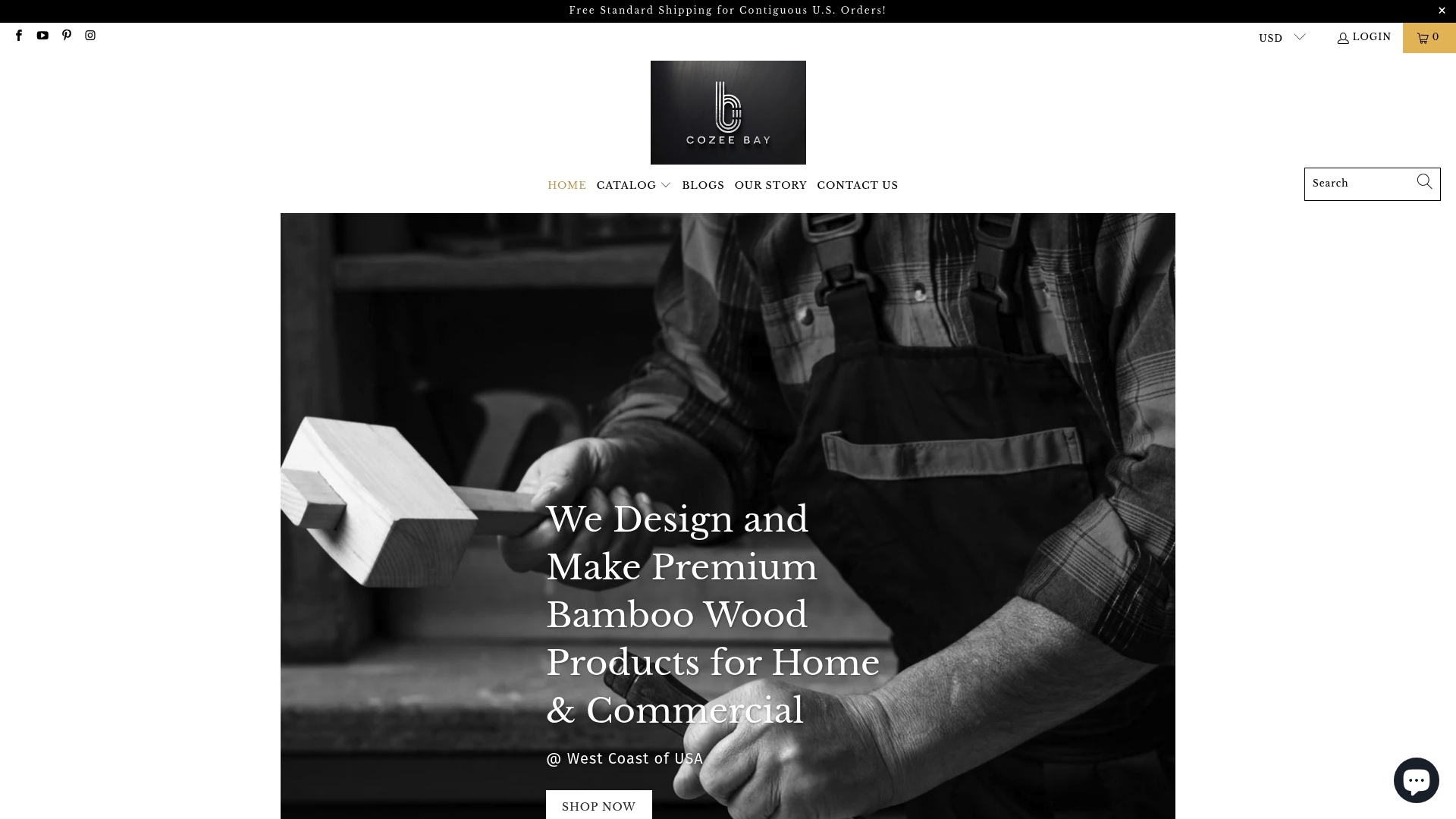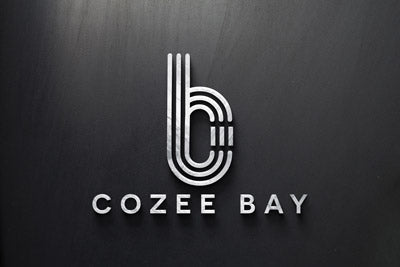Your Cart is Empty
Free Standard Shipping for Contiguous U.S. Orders!
Free Standard Shipping for Contiguous U.S. Orders!
Catalog

The Essential Guide to Bamboo in Modern Design
November 17, 2025 6 min read
More than one billion people around the world rely on bamboo for housing, products, or livelihoods. This fast-growing plant is changing the way designers think about sustainability and style by offering an eco-friendly option without sacrificing beauty or strength. As modern design places greater value on both responsibility and innovation, bamboo stands at the center of a movement that blends natural elegance with real-world durability.
Table of Contents
- Defining Bamboo’s Role in Modern Design
- Sustainability and Environmental Advantages of Bamboo
- Key Applications in Residential and Commercial Spaces
- Design Innovations and Aesthetic Trends with Bamboo
- Comparing Bamboo to Other Eco-Friendly Materials
Key Takeaways
| Point | Details |
|---|---|
| Bamboo as a Design Philosophy | Bamboo transcends traditional uses, becoming a core element of sustainable design that emphasizes aesthetics, functionality, and ecological responsibility. |
| Environmental Advantages | Bamboo’s rapid growth, low water needs, and carbon sequestration capabilities make it an exceptionally sustainable material compared to traditional building options. |
| Versatility in Applications | From residential to commercial spaces, bamboo’s adaptability allows it to enhance functionality and sustainability across various design contexts. |
| Comparative Strength and Sustainability | As a stronger alternative to traditional materials like steel and concrete, bamboo offers an outstanding strength-to-weight ratio and lower environmental impact. |
Defining Bamboo’s Role in Modern Design
Bamboo has emerged as a transformative material in contemporary design, transcending its traditional applications to become a symbol of sustainable innovation. This versatile plant is no longer just a construction material but a design philosophy that bridges aesthetics, functionality, and environmental consciousness. Modern design now recognizes bamboo as more than a trend—it’s a fundamental approach to creating spaces and products that are both beautiful and responsible.
In architectural and interior design contexts, bamboo represents a powerful narrative of ecological sensitivity. Designers are leveraging its unique properties to create spaces that feel organic, minimalist, and deeply connected to natural principles. From sleek furniture pieces to intricate wall treatments, bamboo introduces texture, warmth, and an understated elegance that synthetic materials cannot replicate. Check out our guide on modern bamboo interior design to explore innovative applications.
The role of bamboo in modern design extends far beyond visual appeal. Its rapid growth cycle, low environmental impact, and remarkable durability make it a material of choice for forward-thinking designers and architects. Key characteristics that position bamboo as a design powerhouse include:
- Exceptional strength-to-weight ratio
- Natural resistance to moisture and pests
- Renewable and biodegradable properties
- Versatility across multiple design disciplines
As sustainability becomes increasingly crucial, bamboo represents more than a material—it’s a statement about responsible design. Why choose bamboo decor goes beyond aesthetics, embodying a commitment to environmental stewardship and innovative design solutions that respect our planet’s ecological balance.
Sustainability and Environmental Advantages of Bamboo
Bamboo has emerged as a sustainability powerhouse, offering unprecedented environmental benefits that position it as a critical material for eco-conscious design and construction. Green Building Solutions highlights bamboo’s remarkable capacity for rapid growth and carbon sequestration, making it an extraordinary alternative to traditional building materials that often have significant environmental drawbacks.
The environmental advantages of bamboo extend far beyond its quick growth cycle. Carbon sequestration is particularly impressive, with bamboo forests capturing substantially more carbon dioxide compared to equivalent areas of traditional timber forests. Sustainability Award notes that bamboo requires minimal water and virtually no pesticides during cultivation, further reducing its ecological footprint and making it an incredibly sustainable resource.
Key environmental advantages of bamboo include:
- Rapid growth rate (some species grow up to 3 feet per day)
- Exceptional carbon absorption capabilities
- Minimal water requirements for cultivation
- Natural pest resistance
- Complete biodegradability
- Regenerative harvesting capabilities
Moreover, understanding the reasons to choose bamboo reveals its transformative potential in sustainable living. By choosing bamboo products, consumers actively participate in reducing environmental impact, supporting renewable resource management, and promoting innovative ecological solutions that respect and protect our planet’s delicate ecosystems.
Key Applications in Residential and Commercial Spaces
Bamboo has revolutionized design applications across residential and commercial environments, offering unprecedented versatility and aesthetic appeal. About Civil highlights how bamboo has transformed architectural landscapes worldwide, demonstrating its remarkable adaptability in both structural and decorative contexts. From minimalist home interiors to innovative commercial spaces, bamboo provides solutions that blend functionality with sustainable design principles.
In residential settings, bamboo applications range from elegant flooring and wall treatments to furniture and decorative elements. Green Building Solutions emphasizes its potential in creating warm, organic living environments that connect inhabitants with natural aesthetics. Commercial spaces increasingly leverage bamboo’s unique properties for:

- Modular office partitions
- Reception area design elements
- Sustainable restaurant and cafe interiors
- Eco-friendly hospitality furnishings
- Innovative workspace dividers
- Decorative architectural features
Beyond aesthetic considerations, understanding why bamboo for home products matters reveals its transformative potential. Architects and designers now recognize bamboo as more than a material—it’s a statement about environmental responsibility, design innovation, and creating spaces that harmonize human needs with ecological consciousness.
Design Innovations and Aesthetic Trends with Bamboo
Design innovations with bamboo are pushing the boundaries of architectural and interior aesthetics, transforming how we conceptualize sustainable materials in contemporary spaces. PH01 Research reveals how designers are optimizing bamboo’s extraordinary mechanical properties, leveraging its unique flexibility and structural strength to create groundbreaking architectural solutions that challenge traditional design paradigms.
In interior design, bamboo’s aesthetic potential extends far beyond simple decorative elements. DOAJ Research highlights its transformative role in creating healthy, visually compelling environments that seamlessly blend natural beauty with functional design. Contemporary designers are exploring bamboo’s versatility through innovative approaches such as:
- Parametric architectural structures
- Lightweight, sculptural furniture designs
- Intricate woven wall treatments
- Minimalist lighting fixtures
- Organic, flowing spatial dividers
- Textured surface treatments
What is modern bamboo design? Goes beyond mere aesthetics, representing a holistic approach to design that prioritizes sustainability, innovation, and the inherent beauty of natural materials. Designers are increasingly viewing bamboo not just as a material, but as a design philosophy that embodies environmental consciousness and creative potential.
Comparing Bamboo to Other Eco-Friendly Materials
Bamboo stands as a revolutionary alternative to traditional building materials, offering unparalleled sustainability and performance characteristics that challenge conventional eco-friendly solutions. International Development Bank Blogs describes bamboo as the “plant-based steel” of the 21st century, highlighting its remarkable strength and potential to transform sustainable construction practices.
Architecture Courses emphasizes bamboo’s superior environmental credentials compared to other materials. Unlike traditional resources like steel, concrete, or hardwoods, bamboo demonstrates extraordinary advantages:

- Rapid regeneration (grows up to 3 feet per day)
- Superior carbon sequestration capabilities
- Significantly lower environmental footprint
- Exceptional strength-to-weight ratio
- Minimal processing requirements
- Natural resistance to pests and decay
For those seeking to understand the broader implications, eco-friendly bamboo explained reveals how this versatile material represents more than just an alternative—it’s a comprehensive approach to sustainable design that prioritizes environmental responsibility without compromising performance or aesthetic appeal.
Elevate Your Space with Sustainable Bamboo Solutions
The article highlights the powerful role bamboo plays in modern design by combining sustainability, strength, and unparalleled aesthetic appeal. If you are striving to create eco-friendly environments that reflect this philosophy while solving the challenge of sourcing durable and stylish materials, Cozee Bay offers exactly what you need. Our collection features handcrafted bamboo products designed to bring warmth, natural beauty, and functionality into both residential and commercial spaces.
Discover our range of Bamboo Paper Towel Dispensers perfect for restaurants, offices, and homes seeking that sleek sustainable touch. These dispensers blend bamboo’s natural durability with elegant craftsmanship to meet your practical needs without compromising environmental values. Alongside, explore versatile Drawer Organizers to achieve a minimalist, clutter-free look inspired by bamboo’s clean lines and eco-conscious design trends.

Experience the perfect harmony of sustainability and style by choosing bamboo products that echo the essential principles outlined in the guide. Visit Cozee Bay today and take a step toward transforming your space with innovative bamboo solutions crafted for lasting impact. Don’t wait to bring nature’s elegance and responsibility into your everyday environment.
Frequently Asked Questions
What are the environmental benefits of using bamboo in design?
Bamboo offers numerous environmental advantages, including rapid growth, exceptional carbon sequestration capabilities, minimal water requirements, natural pest resistance, and complete biodegradability, making it a sustainable choice for design and construction.
How does bamboo compare to other eco-friendly materials in construction?
Bamboo is often described as the ‘plant-based steel’ of the 21st century due to its extraordinary strength, rapid regeneration, lower environmental footprint, and minimal processing needs compared to traditional materials like steel and concrete.
What are some common applications of bamboo in modern interior design?
Bamboo is utilized in various design applications such as flooring, wall treatments, furniture, modular office partitions, and decorative architectural features, allowing for warm and organic living environments that connect with nature.
How does bamboo enhance the aesthetic appeal of a space?
Bamboo introduces unique textures, warmth, and an understated elegance to interiors, making it a versatile material that can be used in modern, minimalist, and eco-friendly design concepts.
Recommended
Leave a comment
Comments will be approved before showing up.
Subscribe
Sign up to get the latest on sales, new releases and more …

